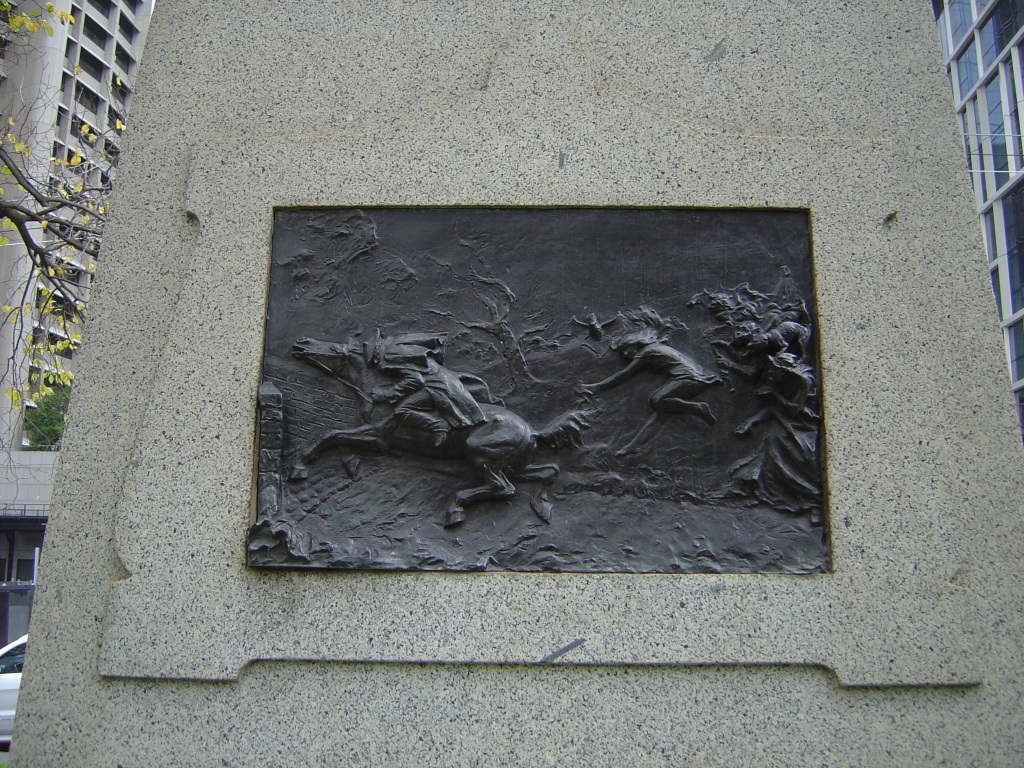Maggie Fooke’s Timepieces, 1989, in the stairwell of Ross House, is an accessible oddity of Melbourne and one of the most obvious homages to Salvador Dali’s melting clock. There is one of these clocks on each of the landings. Ross House in Flinders Lane is a five-storey community-owned and managed heritage building.
Salvador Dali’s famous image of a melting watch in his 1931 painting, The Persistence of Memory, inspired the clocks. Dali was inspired by a very ripe piece of camembert cheese that had been left in the summer sun. Time is a hard and fast empirical measurement that Dali has rendered limp, impotent, decaying, and ant-infested.
The eight bronze clocks in the stairwell were cast by Bill Perrin of Perrin Sculpture Foundry, who specialises in fine art bronze casting. Each one has been cast in wax from the same mould of a wall clock and then warped, bent, hung above the elevator, pushed into a corner and draped over a bannister. Then, using the lost wax method, they were cast in bronze and then given a variety of patination from green to dark brown before being installed in the stairwell.
As the plaque explains, they came from ideas developed in a “participatory workshop between the artist and users of the building” that included “pushed for time, finding time, stretching time, even doing time…”
Their creator is Maggie Fooke, architect, horticulturalist, local activist, independent filmmaker and artist. She previously owned the Brooklyn Arts Hotel in Fitzroy and, currently, the Northern Arts Hotel in Castlemaine (I stayed there a couple of nights and think I’ve met her, not that it would have influenced this blog post). They were funded by the Australia Council, the Victorian Ministry for the Arts, and the Lance Reichstein Foundation; the number of funders indicates how cautious and measly public arts funding was in the 1980s.


























